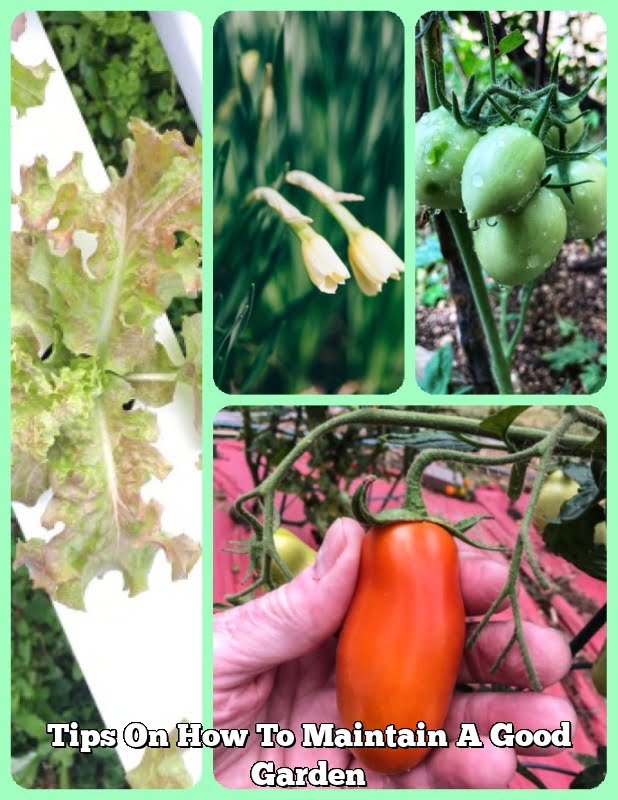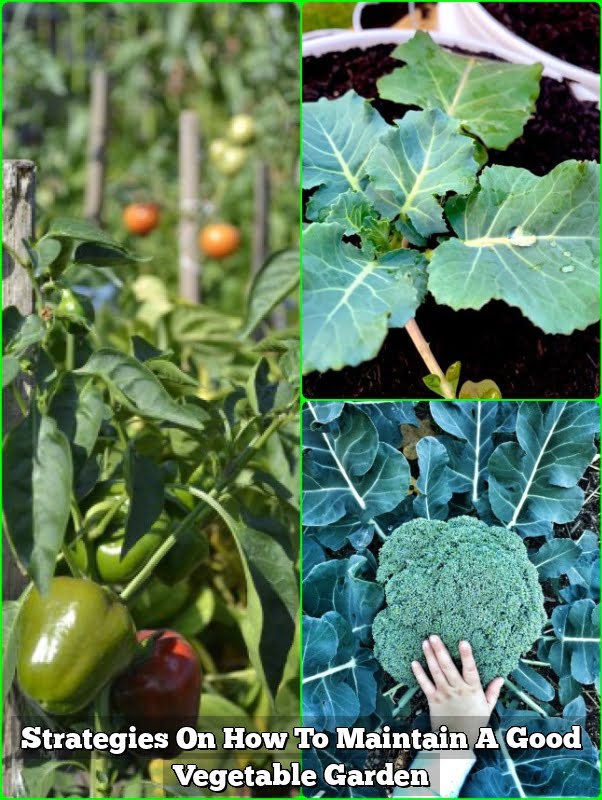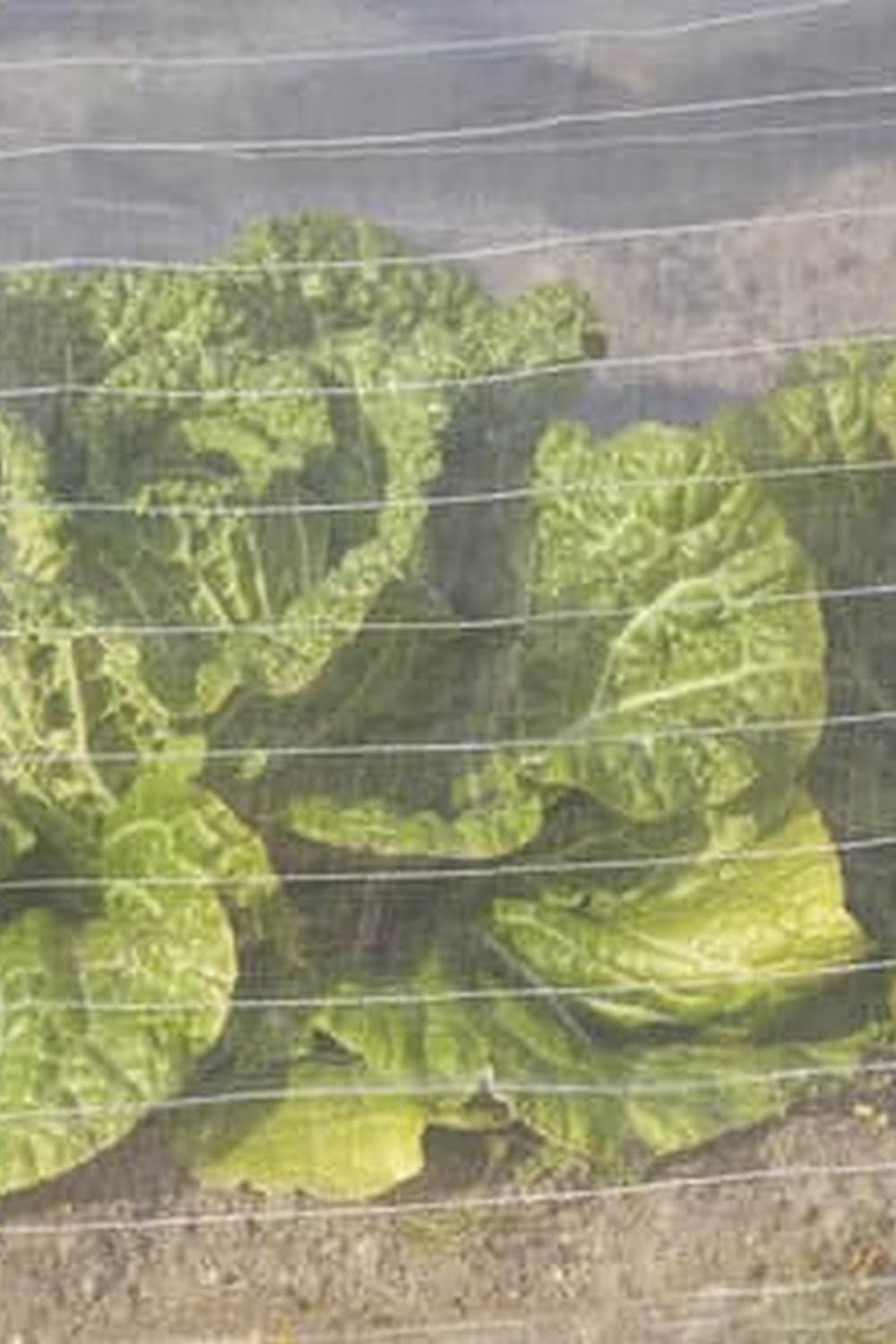How To Maintain A Raised Bed Vegetable Garden
A raised bed vegetable garden is a great way to get the most out of your garden space. Not only does it allow you to grow more vegetables in a smaller area, but it also makes it easier to care for your plants. Here are a few tips on how to maintain a raised bed vegetable garden:
1. Keep the soil moist.
One of the benefits of a raised bed vegetable garden is that the soil is easier to keep moist. To ensure your plants get the water they need, be sure to water them regularly.
2. Fertilize the soil.
Another important part of keeping your raised bed vegetable garden healthy is fertilizing the soil. A good fertilizer will help your plants to grow big and strong.
3. Weed the garden regularly.
Weeds can quickly take over a garden, so it’s important to weed it regularly. This will help to keep your plants healthy and looking their best.
4. Harvest the vegetables regularly.
Finally, be sure to harvest the vegetables from your garden regularly. This will help to ensure they continue to grow and produce fruit.
What To Fill A Raised Vegetable Garden With
A raised vegetable garden is a great way to get your hands in the dirt and your vegetables straight from the garden. But what to put in a raised vegetable garden? Good question! The answer depends on what you like to eat and what will grow well in your climate and region.
Some vegetables that do well in raised beds are tomatoes, peppers, cucumbers, zucchini, eggplant, and lettuce. If you want to plant some root vegetables like carrots or radishes, you will need to make sure you have a deep enough bed. You can also plant herbs like basil, thyme, and parsley in your raised bed vegetable garden.
When choosing what to plant in your raised bed vegetable garden, it’s important to think about the growing conditions in your area. For example, tomatoes love sunshine and lots of heat, while lettuce can grow well in cooler climates. Talk to your local garden center or agricultural extension office to find out what grows well in your region.
Once you’ve decided what to plant, it’s time to get digging! The best way to start a raised bed vegetable garden is by creating a frame out of lumber or cinder blocks. The frame should be about 12-18 inches high and at least 4 feet wide. Then, fill the frame with a good quality soil mix. You can either buy a pre-made mix or make your own by combining equal parts of potting soil, compost, and soil amendment.
If you’re planting a vegetable garden for the first time, it can be helpful to do some research on what to plant and when. There are lots of great resources online and in your local library. And don’t forget to ask your neighbors or friends who garden for advice. With a little bit of planning, you can have a thriving raised bed vegetable garden that produces fresh, delicious vegetables all season long.
Enclosed Raised Bed Vegetable Garden
A raised bed vegetable garden is a great way to get started growing your own food. You can buy a kit, or build your own.
The benefits of a raised bed garden include:
1. You can control the soil quality.
2. You can control the amount of water the plants receive.
3. You can easily access the plants for weeding, harvesting, and pest control.
4. You can plant earlier in the spring and later in the fall, because the soil stays warmer in a raised bed.
5. You can use less fertilizer and pesticides, because the soil is better quality and the plants are more accessible.
6. You can create a garden that is attractive and fits in well with your landscaping.
When choosing a site for your raised bed garden, make sure the area gets at least six hours of direct sunlight each day. The soil should be well-drained, and you should avoid areas that are prone to flooding.
If you are building your own raised bed, make sure the sides are at least 12 inches high so that you can easily work the soil. You can use any type of material for the sides of your bed, such as wood, stone, or concrete blocks.
The bed should be at least 4 feet wide, so that you can reach the middle from either side. You can also make the bed longer, but make sure it is no more than 8 feet wide, or you will have a hard time reaching the middle.
To prepare the soil, mix in some organic matter such as compost, manure, or peat moss. Dig a hole in the center of the bed for the plants, and spread the soil evenly around the hole.
When planting, make sure the plants are spaced evenly apart. Follow the instructions on the plant tag for the recommended spacing.
Water the plants regularly, especially during the first few weeks after planting. Fertilize the plants once a month, using a balanced fertilizer such as 10-10-10.
If you have a pest problem, treat the plants with an organic pesticide such as pyrethrum.
A raised bed vegetable garden is a great way to get started growing your own food. You can buy a kit, or build your own.
The benefits of a raised bed garden include:
1. You can control the soil quality.
2. You can control the amount of water the plants receive.
3. You can easily access the plants for weeding, harvesting, and pest control.
4. You can plant earlier in the spring and later in the fall, because the soil stays warmer in a raised bed.
5. You can use less fertilizer and pesticides, because the soil is better quality and the plants are more accessible.
6. You can create a garden that is attractive and fits in well with your landscaping.
When choosing a site for your raised bed garden, make sure the area gets at least six hours of direct sunlight each day. The soil should be well-drained, and you should avoid areas that are prone to flooding.
If you are building your own raised bed, make sure the sides are at least 12 inches high so that you can easily work the soil. You can use any type of material for the sides of your bed, such as wood, stone, or concrete blocks.
The bed should be at least 4 feet wide, so that you can reach the middle from either side. You can also make the bed longer, but make sure it is no more than 8 feet wide, or you will have a hard time reaching the middle.
To prepare the soil, mix in some organic matter such as compost, manure, or peat moss. Dig a hole in the center of the bed for the plants, and spread the soil evenly around the hole.
When planting, make sure the plants are spaced evenly apart. Follow the instructions on the plant tag for the recommended spacing.
Water the plants regularly, especially during the first few weeks after planting. Fertilize the plants once a month, using a balanced fertilizer such as 10-10-10.
If you have a pest problem, treat the plants with an organic pesticide such as pyrethrum.
How To Prepare Soil For Raised Bed Vegetable Garden
Building a raised bed vegetable garden is a great way to get started in gardening, especially if you don’t have a lot of space. The first step in building a raised bed vegetable garden is to prepare the soil.
The best way to prepare the soil for a raised bed vegetable garden is to use a soil mix. You can buy a soil mix or you can make your own. If you make your own soil mix, you will need to combine equal parts of compost, topsoil, and sand.
If your soil is not good, you will need to add some organic matter to it before you start building your raised bed vegetable garden. You can add compost, peat moss, or shredded leaves.
Once you have prepared the soil, it is time to start building your raised bed vegetable garden. The best way to do this is to use landscape timbers or cedar boards. You will want to make the bed at least 12 inches high and 24 inches wide.
Once you have built the raised bed, it is time to plant your vegetables. Be sure to read the labels on the vegetable plants to find out what type of soil they prefer.
Best Way To Water Raised Vegetable Garden
A vegetable garden needs a steady supply of water to stay healthy and productive. There are a few different ways to water a raised vegetable garden.
One way to water a raised vegetable garden is to use a soaker hose. Soaker hoses are made of porous rubber or plastic and they allow water to seep out slowly. Soaker hoses can be placed on the ground next to the plants or buried in the soil. Soaker hoses are a good way to water a raised vegetable garden because they water the plants slowly and evenly.
Another way to water a raised vegetable garden is to use a sprinkler. Sprinklers are a good way to water a large area quickly. However, they can also waste water if they are not used correctly. It is important to make sure that the sprinkler is adjusted so that it does not water the plants too heavily.
The best way to water a raised vegetable garden is to use a combination of soaker hoses and sprinklers. This way, the plants will get a slow, steady stream of water from the soaker hoses, and the sprinklers will water the plants quickly and evenly.

If you’re looking to get into vegetable gardening, or are just looking for some tips on how to make your current garden better, then you’ve come to the right place! My name is Ethel and I have been gardening for years. In this blog, I’m going to share with you some of my best tips on how to create a successful vegetable garden.





